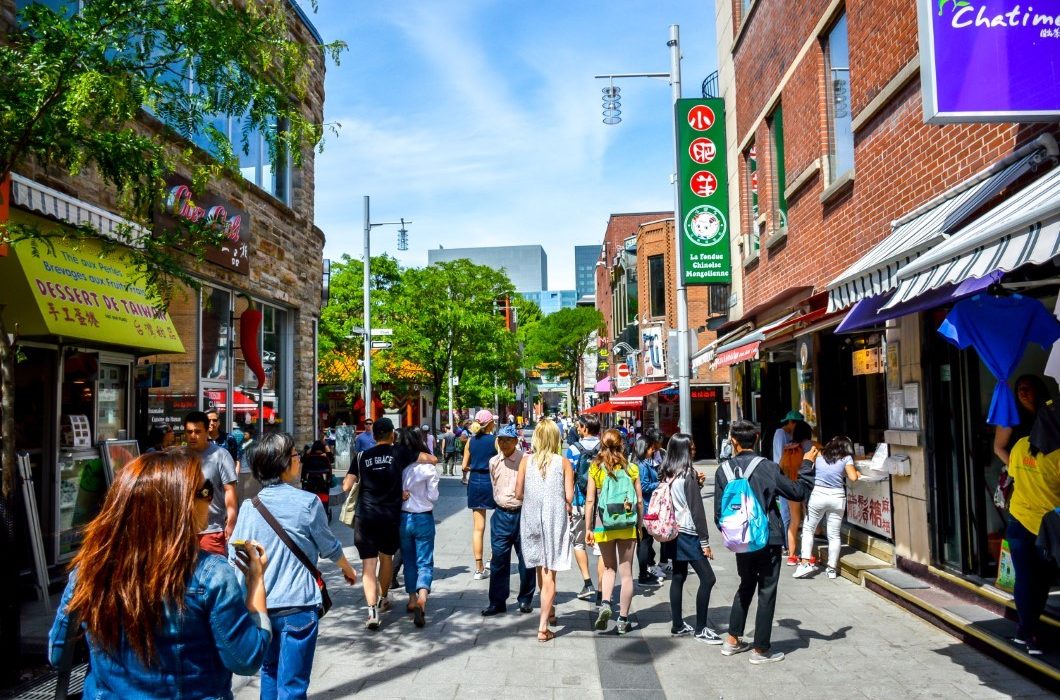
You might also like:
In 2018, China became the second most important source country of visitors to Canada after the United States, replacing UK. Almost 70,000 Chinese tourists entered Canada in March, according to seasonally adjusted data.
The number of foreign visitors in Canada has declined sharply following the September 11 attacks and the adoption of enhanced border security measures.
The SARS crisis in 2002, the recession in 2008 and an unfavorable exchange rate caused the number of visitors to Canada to collapse in 2010 at the lowest rate since 1972, when Statistics Canada began tracking the number of visitors to the border.
The booming global economy and growth in air travel from emerging countries are driving the numbers up. However, they are lower than the peaks reached in the late 1990s, when Canadian tourism facilities welcomed more than 4 million visitors per month.
Canada became a possible destination for Chinese tourists eight years ago, when China granted Canada the Approved Destination Status (meaning that Chinese citizens achieved the right to visit).
The United States obtained this status in 2008 and most European countries in 2004.
Experts say Canada is becoming a destination of choice for business travel (meetings, bonuses, conferences and exhibitions). Chinese tourists are attracted to Canada’s magnificent landscapes, such as the Rocky Mountains or Niagara Falls.
Typically, the vast majority of visitors in Canada, about two-thirds, enter the country through Ontario. But over the past two years, this trend has begun to change.
Entries to Ontario have reached a plateau while those to Canada as a whole continue to increase. There are two reasons for this: fewer Americans enter by land and more international travelers arrive by air.
“In British Columbia, we see many more travelers arriving from Asia,” says Claude Normandin, an analyst with Statistics Canada. Previously, in the 1970s and 1980s, non-American travelers came mainly from Europe.
When we look at the number of foreign travelers by province of entry, British Columbia and, to a lesser extent, Quebec and Alberta are primarily responsible for this growth (both for tourists from the United States and abroad).
As people in emerging markets see their disposable income increase, they are free to decide where to spend their holidays, where to study and where to do business abroad.
Normandin explains that Canadian tourism authorities have increased the marketing budget to attract the attention of these potential travelers.
In 2016, the Government provided an additional $50 million over two years to Destination Canada, a corporation that promotes the country as a travel and business destination. Its funding has been stabilized at $95.5 million until 2022. In 2012, it was around $72 million.

Over the last 10 years, there have been as many entries by air from the United States as from third countries. However, land entry from the United States remains the most popular type of visit.
Canadian tourism is on track to catch up with comparable but more popular destinations like Germany and New Zealand, according to a Destination Canada report.
Given that 2018 is the Canada-China Tourism Year, a partnership to promote travel between the two countries, it is expected that the number of Chinese visiting the country this summer will continue to increase.
But not everyone in the tourism industry will benefit. Accommodation, local transportation and attractions in some tourist destinations such as Vancouver and Banff, for example, are already fully booked for the summer of 2018.
Destination Canada’s report argues that the capacity issues are likely to slow tourism growth in Canada in coming years. Increasing capacity and developing new products will not happen overnight. This will require concerted cooperation and investment from all levels of government and the private sector.
Source: tourism-review.com



